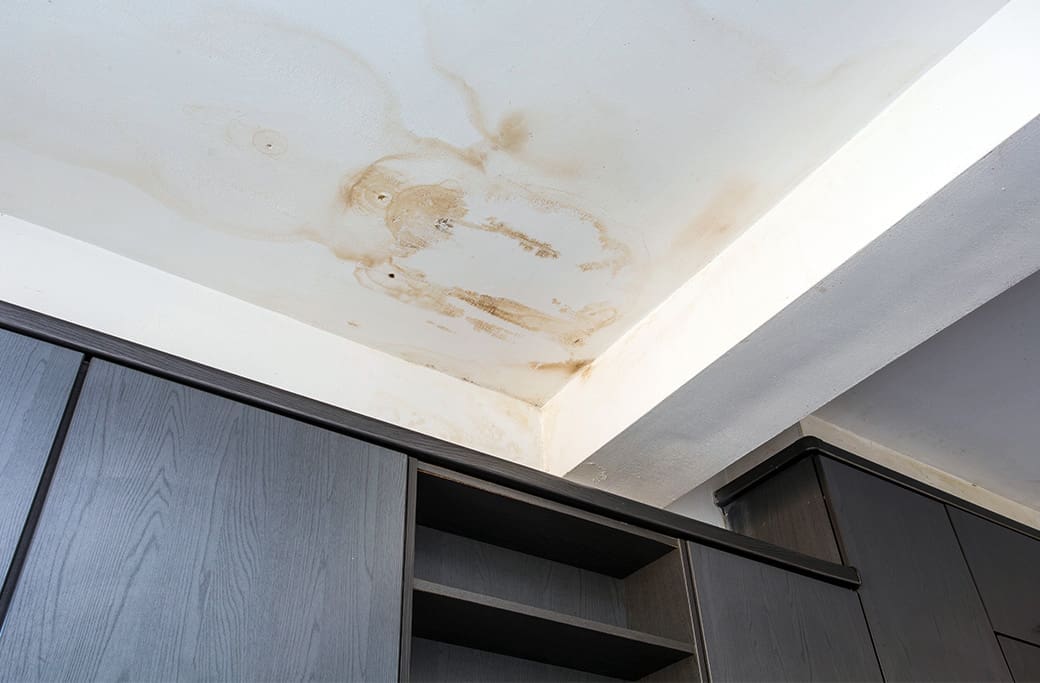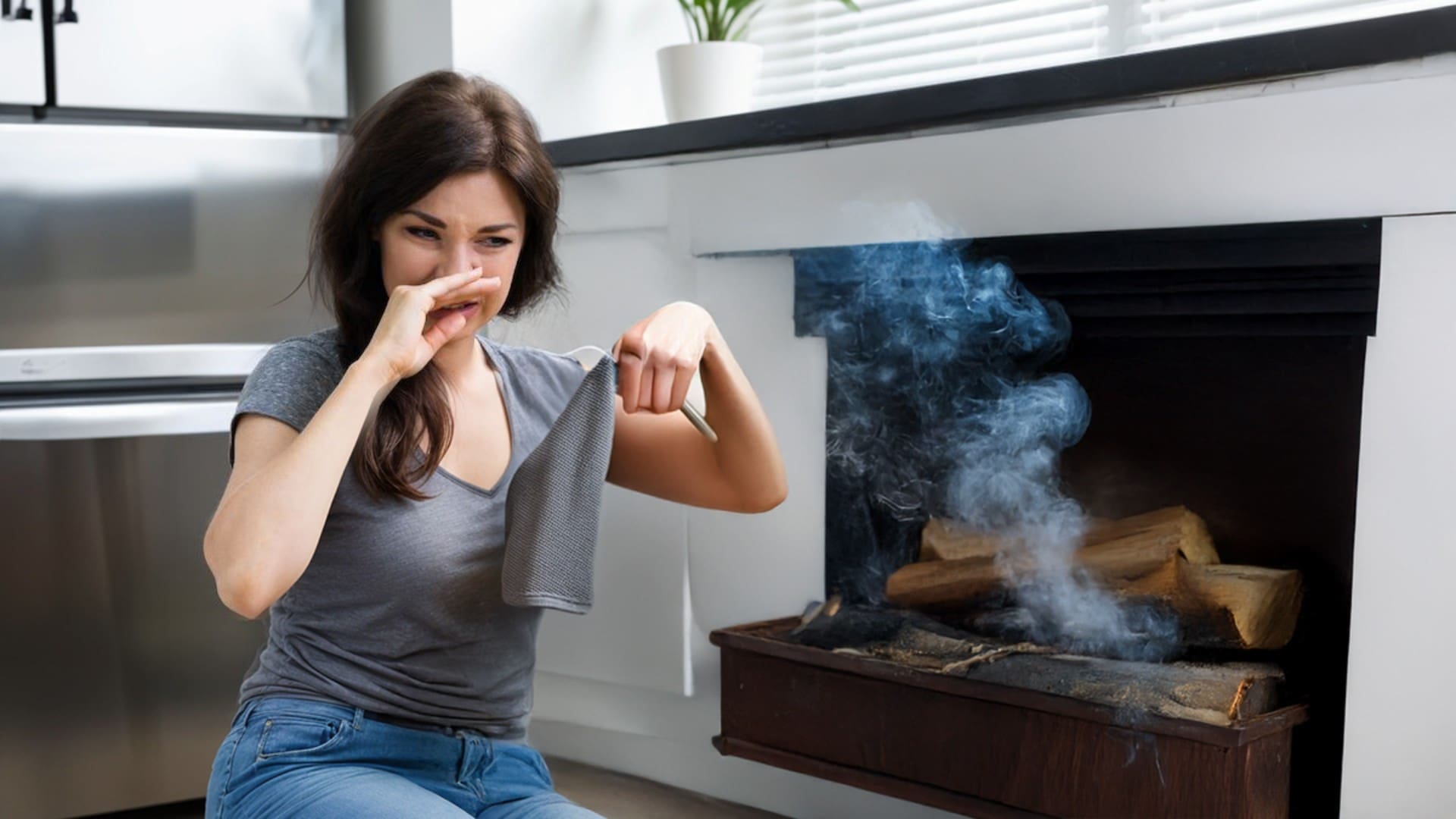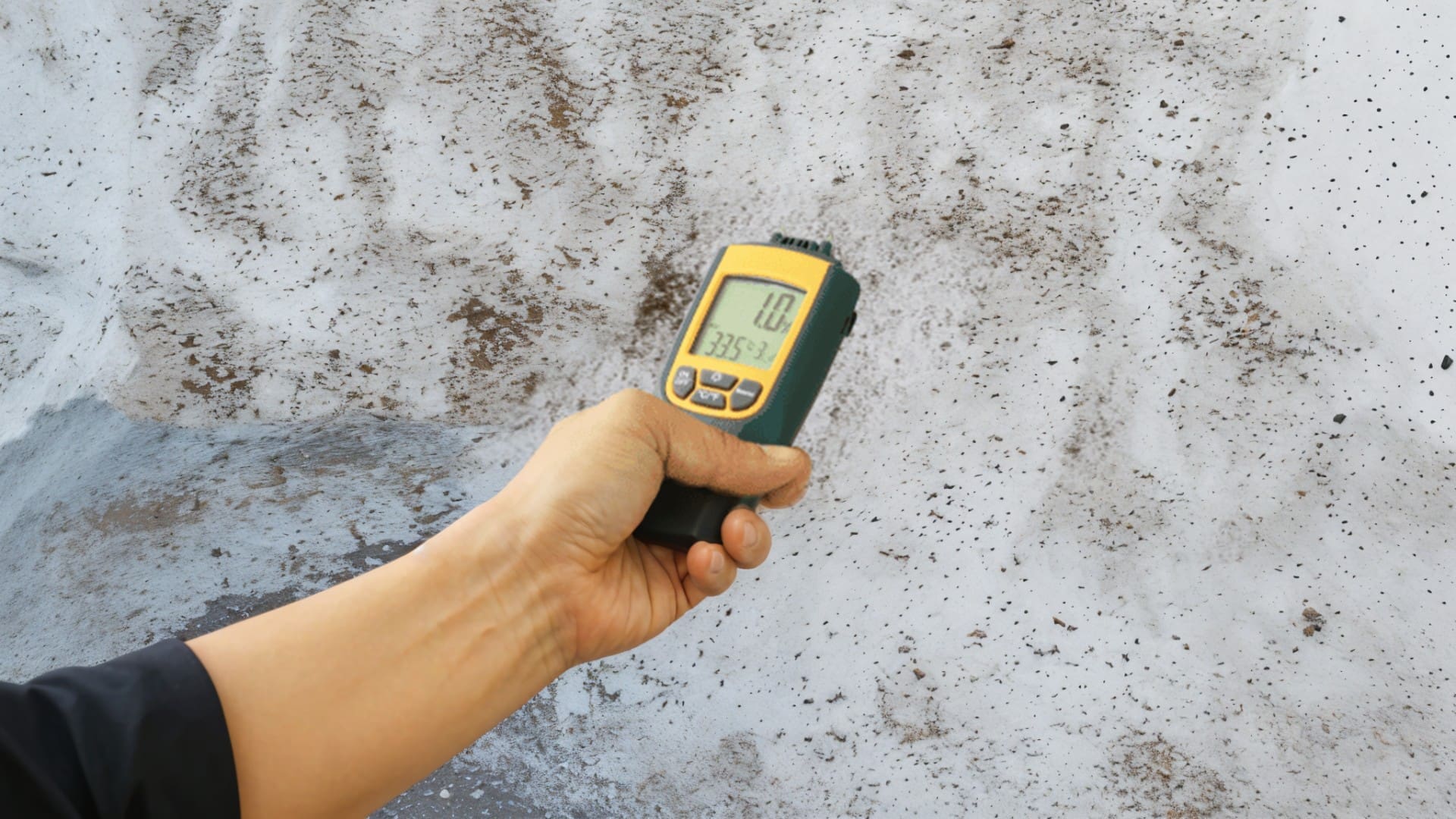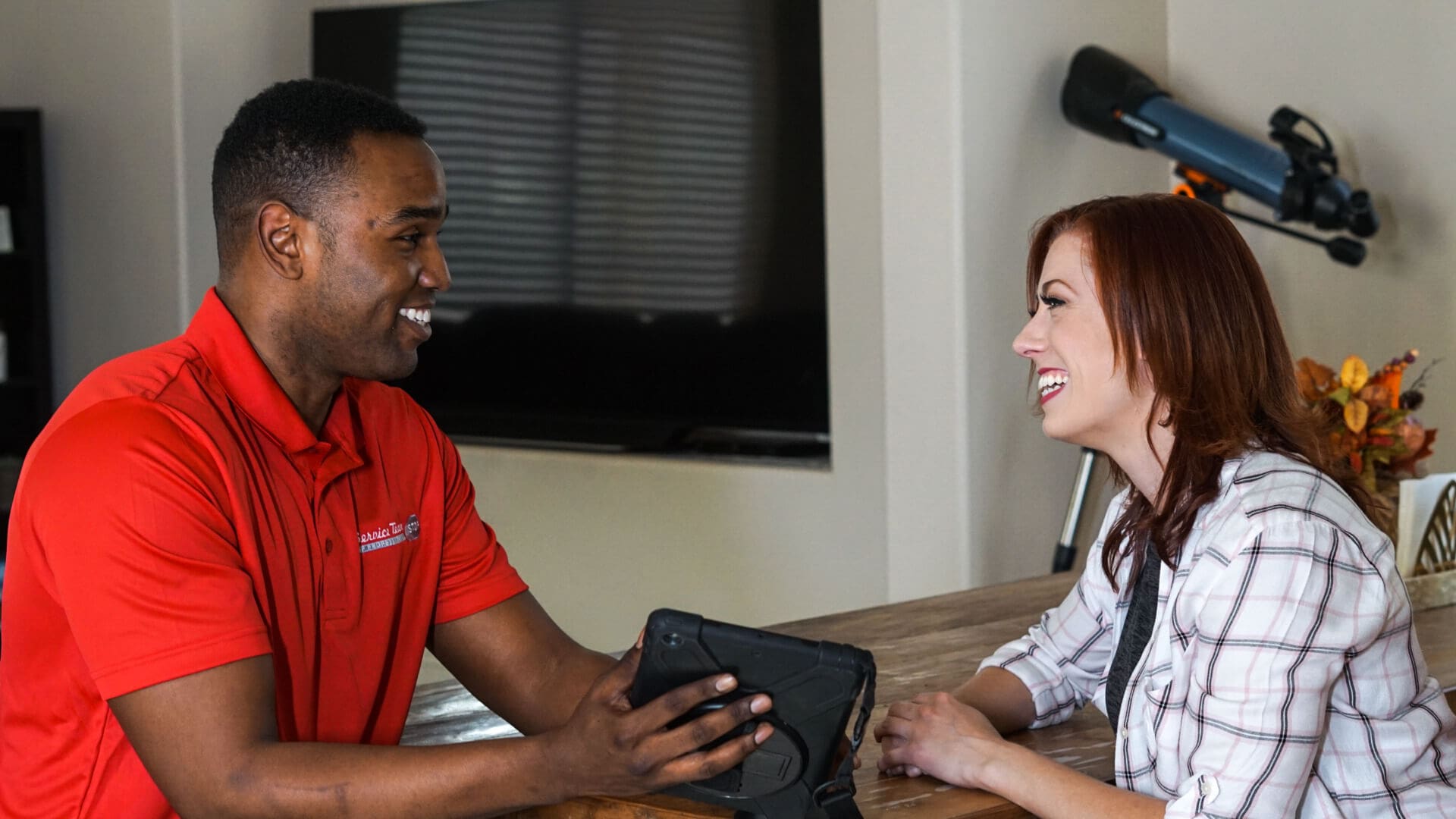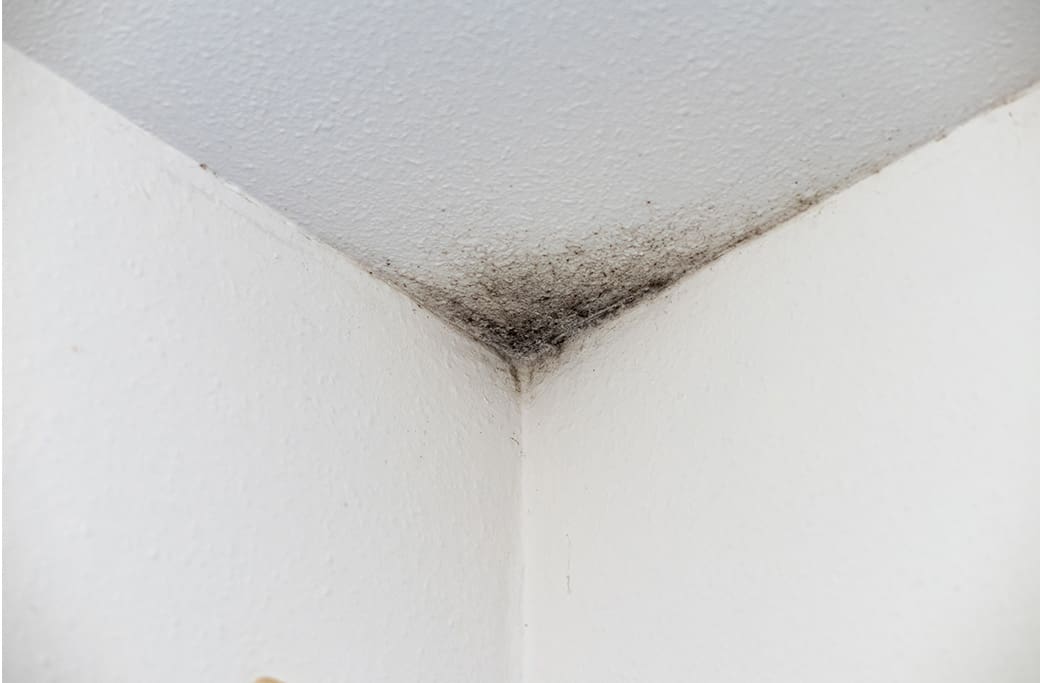
Mold—a word that can send shivers down the spine of any renter, landlord, or property manager. The very mention of mold can cause alarm, as its presence is not just an aesthetic issue but a serious health concern. Dealing with mold can be costly, requiring professional remediation services to ensure the property is safe and habitable. Additionally, landlords and property managers may face legal challenges if they fail to address mold issues promptly and effectively, leading to disputes and potential lawsuits.
Understanding Mold
At its core, mold is a type of fungus that thrives in moist environments. Its spores are virtually everywhere, waiting for the right conditions—mostly, moisture, warmth, and organic material—to grow. In rental properties, common culprits include leaky pipes, condensation, and flooding, making bathrooms, kitchens, and basements prime sites for growth.
Signs of Mold Growth
Identifying the type of mold present in a rental property is essential for effective remediation. The first and most obvious sign that mold may be present is visible growth on surfaces. However, there are other signs to look out for, such as musty odors, discoloration or staining on walls and ceilings, and water damage. Tenants may also report experiencing health issues, such as respiratory problems, headaches, and allergies, which could be linked to mold exposure.
Prevention Measures
For Renters
-
- Control Humidity: Keep the humidity inside your home under 60% to stop mold from growing. Use dehumidifiers in wet areas and use exhaust fans in kitchens and bathrooms to keep moisture under control.
- Ventilate: Open windows and use fans to get the air moving in your house, especially in moist places like bathrooms and kitchens. Good airflow helps keep humidity down.
- Promptly Address Leaks: Always be on the lookout for water leaks or damage. If you find any, tell your landlord right away to avoid more damage and health issues from mold.
For Landlords and Property Managers
-
- Routine Inspections: Regularly check for early signs of mold, especially in moist areas like plumbing, roofs, and vents. Early detection can prevent bigger issues.
- Gutter and Drainage Care: Make sure gutters are clear and the property drains well. This keeps water from building up and cuts down mold risk by keeping the area dry. Regular clean-up prevents water damage and mold.
Early Detection and Response
Detecting mold early is vital to stop it from becoming a bigger issue. If you notice a musty smell, see visible mold in different colors, or find signs of water damage like discolored or peeling paint, it’s a sign mold might be present. It’s important to act quickly. Clean the area with soap and water to get rid of the mold. Materials like ceiling tiles or carpet that have mold need to be thrown out and replaced since mold can hide deep inside them, making it tough to remove completely. By doing this, you can control mold problems and protect your home.
Mold Remediation and Restoration
For significant mold infestations, professional remediation is necessary. The process involves:
- Removing Moisture: The first and most important step in getting rid of mold is to remove the moisture source. This stops mold from growing and spreading.
- Containment: To prevent mold spores from moving to clean areas, it’s crucial to set up barriers. This often means using physical barriers and creating negative air pressure to keep the affected area sealed off.
- Cleaning and Disposal: This involves thoroughly cleaning mold off hard surfaces with the right cleaners. Also, any porous items that are too moldy and can’t be cleaned well should be thrown away to avoid more mold problems.
Legal and Financial Implications
If you’re renting and find mold in your rental, it’s not just bad for your health but also a serious legal issue. Landlords must keep their properties safe and healthy, including mold-free. If you report mold, your landlord needs to fix it quickly and effectively. If they do not, they could face legal problems like being accused of not keeping the property livable, getting sued for any health problems or damage caused by the mold, and even breaking local building rules. You might be able to hold off on paying rent until the mold is taken care of, or in extreme cases, move out without any penalties if the place isn’t fit to live in. It’s important to keep records of all your complaints and talks with your landlord about the mold to back you up in any legal issues.
Determining who covers the cost of mold removal in a rental boils down to a couple of key points, such as the source of the mold and whether the tenant contributed to its growth. Generally, landlords are responsible for maintaining the property’s habitability, including addressing mold issues stemming from their maintenance responsibilities, like the roof or plumbing. If the mold is due to the landlord’s delay in fixing these problems, they are typically responsible for the removal costs.
If the tenant is responsible for the mold due to actions like not using a dehumidifier or failing to report leaks immediately, they may need to cover the cost of mold removal. It’s crucial for both parties to review their lease agreement, as it usually outlines who is responsible for repairs and maintenance. Additionally, local health and housing laws can determine who pays for mold removal, so it’s important to be aware of the regulations in your area.
Mold Prevention and Restoration Tips for Renters and Landlords
Preventing mold in rental properties is a collaborative effort between renters and landlords. By understanding mold, taking preventive measures, and promptly addressing issues, both parties can ensure a healthier, safer living space. Remember, the cost of prevention pales in comparison to the costs of remediation and legal battles. Stay proactive about mold prevention and keep your property in top condition.
For both renters and landlords facing mold challenges, securing professional help is crucial for effective remediation and restoration. STOP Restoration stands as your reliable partner in overcoming mold infestation issues. Our team of experts specializes in identifying, containing, and eradicating mold, ensuring your property is safe, healthy, and compliant with housing guidelines. Don’t allow mold to compromise your living conditions or legal standing. Contact STOP Restoration today for comprehensive mold remediation services and take the first step towards reclaiming your property’s safety and comfort.

